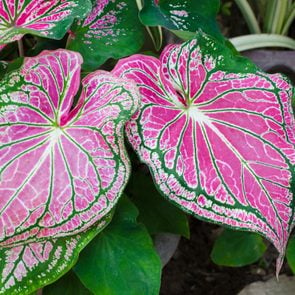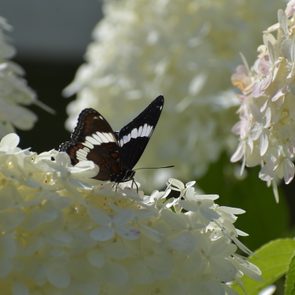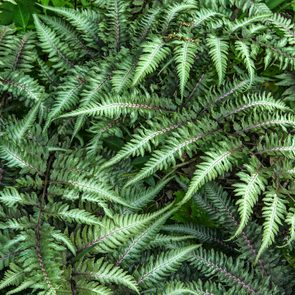Top 10 Shade Garden Ground Cover Plants to Grow
Updated: May 03, 2024
Too much shade? No problem! We found shade ground cover plants that are perfect for every type of garden and landscape.
Shade—you either love it or hate it. Gardeners often fall into the latter category because low-light conditions prevent the development of lush lawns, leaving shady areas looking bare, or worse yet, weedy. That doesn’t mean you should write off shady sections of your yard as no-grow zones, however. There are plenty of shade ground cover plants that can be used in place of standard grass. These perennial ground covers will naturally spread over time to create a lush carpet under trees, between buildings or in other places that don’t see much sunlight.
On This Page
Best Shade Ground Cover Plants
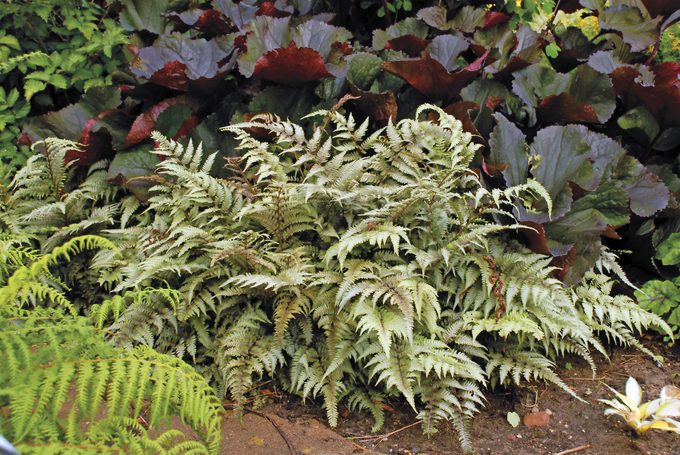
Here’s a quick list of shade ground covers that will add pizzazz to your landscape. To make sure these plants aren’t considered invasive in your area, check with your local county Extension service. And while you’re at it, ask what they recommend for shade ground covers that perform well in your area.
Consider what shade ground cover plant is most suitable for your climate and soil. If you live in the Southwest, where the weather is hot and dry for long periods, bearberry and lady’s mantle are good choices because they don’t require much water, and they thrive in heat.
Pachysandra and lamium can handle colder Midwestern and New England winters and are easy to control. Traditional lily-of-the-valley and periwinkle also thrive well in these regions, but they need to be contained or they can quickly spread and become invasive.
Florida violets and Japanese painted fern prefer lots of shade, moisture and heat, making them ideal for humid climates. There are plenty more to choose from. Many of these ground covers do more than green things up in the shade—they also produce flowers that will add delightful dashes of color where you least expect them.

Bugleweed
Ajuga, Zones 3 to 9
This beauty features masses of green, bronze or variegated foliage. Spires of blue flowers appear in late spring to early summer. Bugleweed may invade lawns, making it more suitable for areas surrounded by stones or other barriers.
Bearberry
Arctostaphylos, Zones 2 to 8
Rocky and sandy soils are perfect for this hardy, low-growing evergreen, making it good for drought-tolerant gardens. The plant also produces white or pink flowers in spring and red berries in fall.
Ginger
Asarum, Zones 4 to 9
Both evergreen and deciduous varieties are available. It will tolerate extremely low-light conditions and do well in the dense shade at the base of an evergreen.
Japanese Painted Fern
Athyrium niponicum, Zones 3 to 8
This low-maintenance plant was named Perennial Plant of the Year in 2004. It flourishes in moist, humid areas, and the texture and color of its fronds make it a great ground cover for any shade garden.
Lady’s mantle
Alchemilla, Zones 3 to 8
Soft-green leaves form a nice mat and spread steadily. Chartreuse flowers appear in late summer or fall.

Lamium
Lamium maculatum, Zones 4 to 8
Good in dry shade, the variegated leaves add a bright note from spring to fall. Pretty white or mauve flowers show up in May or June.
Pachysandra
Pachysandra terminalis, Zones 4 to 8
This well-known shade lover offers glossy evergreen foliage with white flowers in spring. Zones 4 to 8.
Partridgeberry
Mitchella repens, Zones 4 to 8
This evergreen features fragrant white flowers and red berries, prefers acidic soil and can handle moist to dry conditions.

Sweet Woodruff
Galium odoratum, Zones 4 to 8
Despite its delicate appearance, this plant is tough and well suited to wooded areas. Its white spring blooms last for several weeks, and even its leaves have a pleasant scent.
Winter Creeper
Euonymus fortunei, Zones 4 to 9
Trailing types of this mounding evergreen make great ground covers for shade. Winter creeper spreads easily, forming roots wherever its stems touch the ground.
Full Shade or Partial Shade?
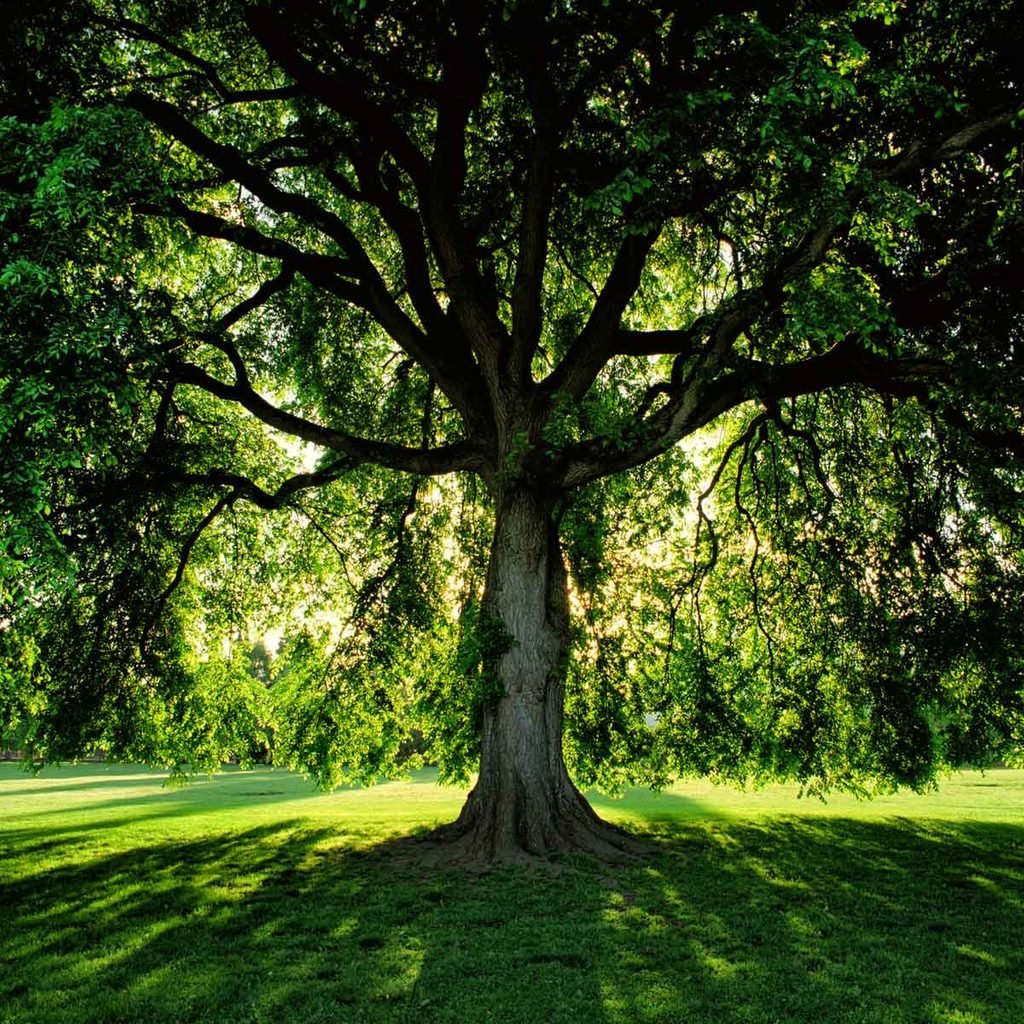
Before you grab any garden tools, it’s important to consider exactly what kind of shade you have. Survey the area at various times of day to gauge how much light it receives…and keep in mind that the amount of shade can vary from one season to the next due to the changing position of the sun and the density of the tree canopy.
So, what did you see? If sunlight is only partially blocked by open structures or trees with small leaves, like birch or honey locust, chances are good the shade is dappled or filtered. This means that plants will receive a mixture of bright light and shade throughout the day, a situation that is suitable for many flowers and ground covers.
Or perhaps the area gets 4 to 6 hours of light per day, and the rest of the time it’s in shade. This is considered partial shade and often occurs on the east or west sides of a house, or on the edge of a stand of trees. A wide variety of plants will grow in these conditions.
Spots that receive no direct sunlight, such as ground directly underneath Norway maples, oaks, spruces, pines and other trees with dense canopies, are in full shade, and only plants that tolerate low-light conditions will thrive there.
Prepare the Shade Garden for Planting
Once you’ve determined what kind of light conditions you have, you’re ready for the next step—preparing the site prior to planting.
“Even at this point, I caution gardeners to go slow, especially if they’re trying to fill in bare spots under trees where grass won’t thrive,” says Birds & Blooms garden expert Melinda Myers.
“The feeder roots for most trees are in the top 12 inches of soil directly under the tree, and if you dig too deeply when removing grass or installing ground covers, you can damage these roots. The goal here is to create an attractive cover for a barren area, but not at the expense of the trees.”
Remove Grass
Melinda suggests removing the grass beneath trees in one of two ways. Cover the shady area with several layers of newspaper, grass clippings, wood chips or other organic mulch to eliminate what is growing there, or use an all-vegetation-killing chemical.
The second method produces immediate results, but be sure to read and follow all label directions carefully to avoid damaging nearby plants (including your trees). It will also tell you how long to wait before planting again, which is generally 4 to 14 days. The first method of grass removal is preferable because it is chemical free, though it does require patience. It typically takes about a year to complete, but it enriches the soil and won’t harm future plantings.
Shade Ground Cover Care
Planting is pretty simple. The only thing to keep in mind is to avoid disturbing tree roots, which you can do by digging slightly wider and shallow holes rather than tilling up the entire planting area. After gently tamping the plants in place, apply a generous layer of mulch and water thoroughly—then keep an eye on things.
“Although much of the work is now done, the first few years are critical,” Melinda says. “Your ground cover will thrive if you put in a little extra effort in the beginning. People often don’t realize that areas under trees, particularly those with heavy canopies, are actually dry and require regular watering. Those thick layers of leaves shed rain pretty well. Even a lengthy downpour might not penetrate the soil enough to make a difference.”
And just like any newly planted garden, it’s important to stay on top of weeding. Removing unwelcome plants reduces competition for water and nutrients and gives the ground covers the opportunity to become established.
But it won’t be long before that once-barren area under the maple or next to the house is lush and green. And that’s when you know you’ve got it made in the shade!
About the Expert
Melinda Myers is the official gardening expert for Birds & Blooms. She is a TV/radio host, author and columnist who has written more than 20 gardening books. Melinda earned a master’s degree in horticulture from the University of Wisconsin-Madison.
Why Trust Us
For nearly 30 years, Birds & Blooms, a Trusted Media Brand, has been inspiring readers to have a lifelong love of birding, gardening and nature. We are the #1 bird and garden magazine in North America and a trusted online resource for over 15 million outdoor enthusiasts annually. Our library of thousands of informative articles and how-tos has been written by trusted journalists and fact-checked by bird and garden experts for accuracy. In addition to our staff of experienced gardeners and bird-watchers, we hire individuals who have years of education and hands-on experience with birding, bird feeding, gardening, butterflies, bugs and more. Learn more about Birds & Blooms, our field editor program, and our submission guidelines.





















